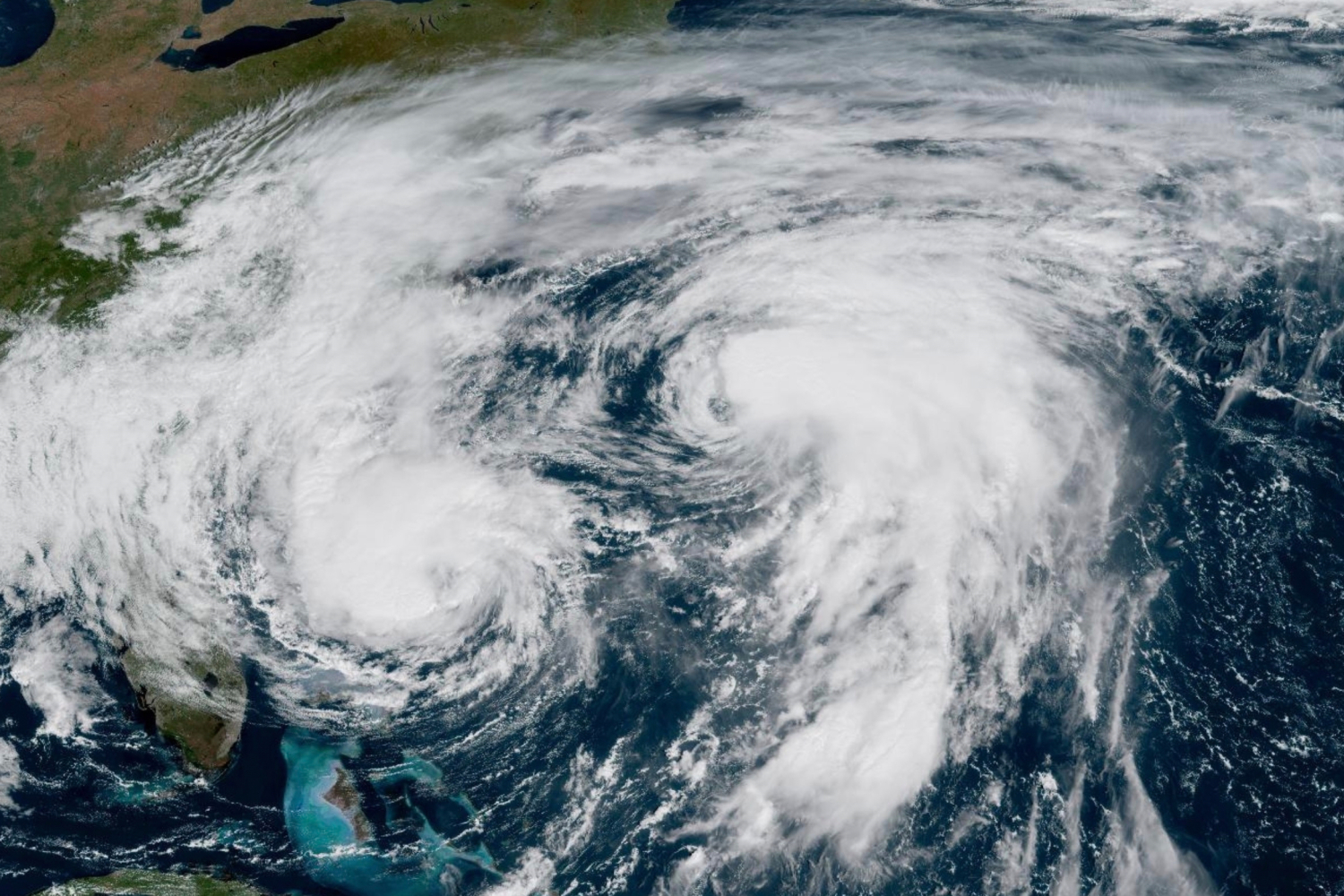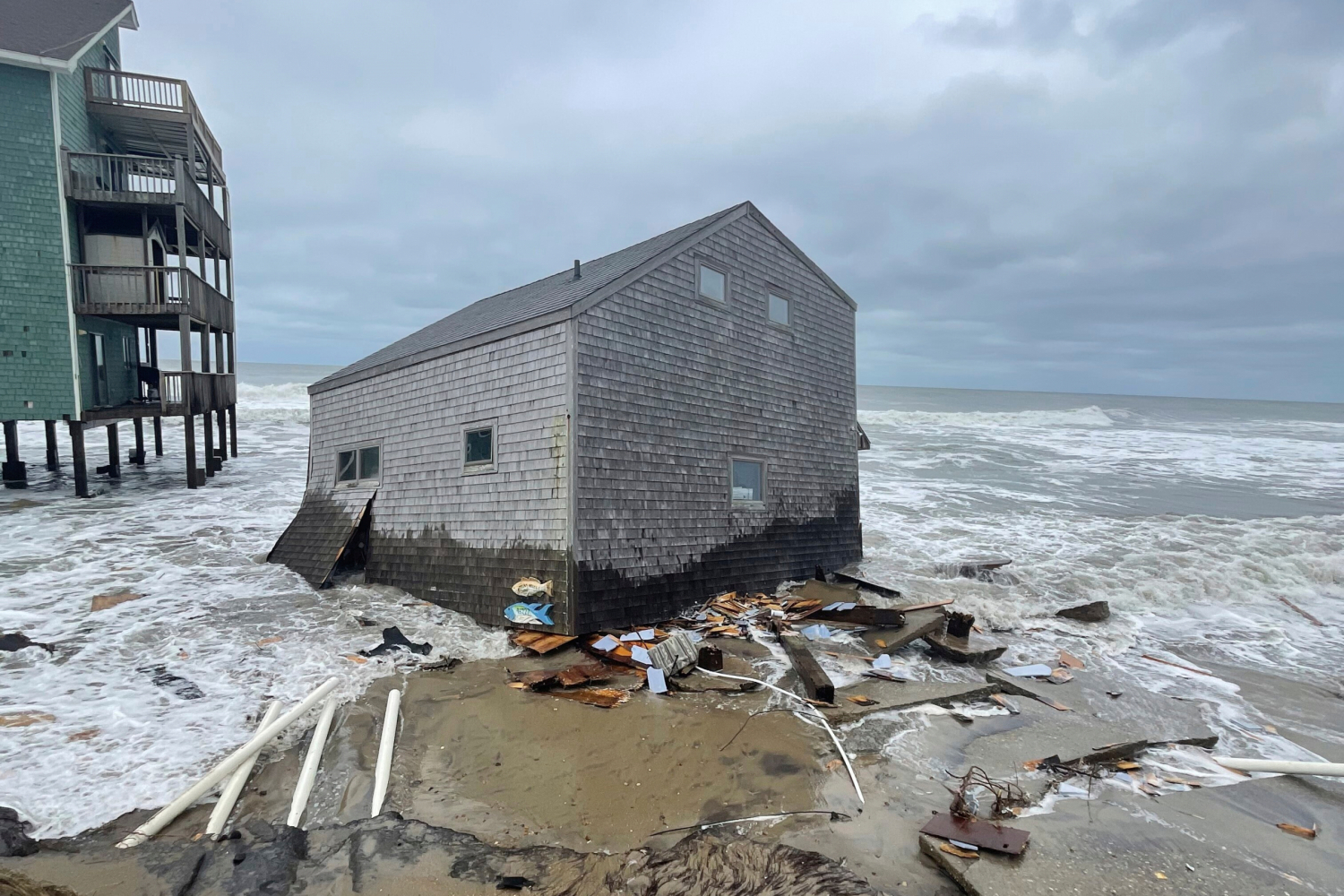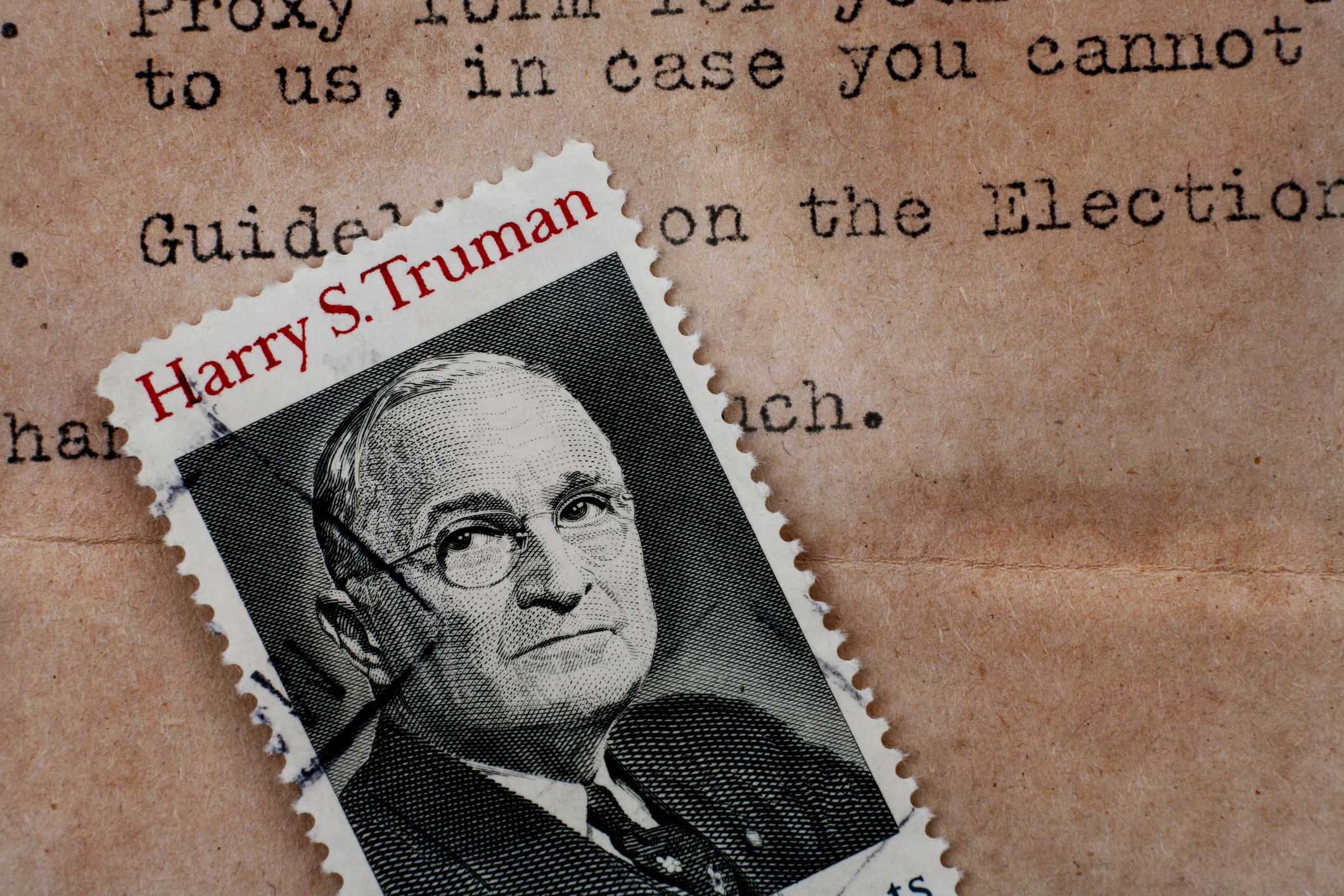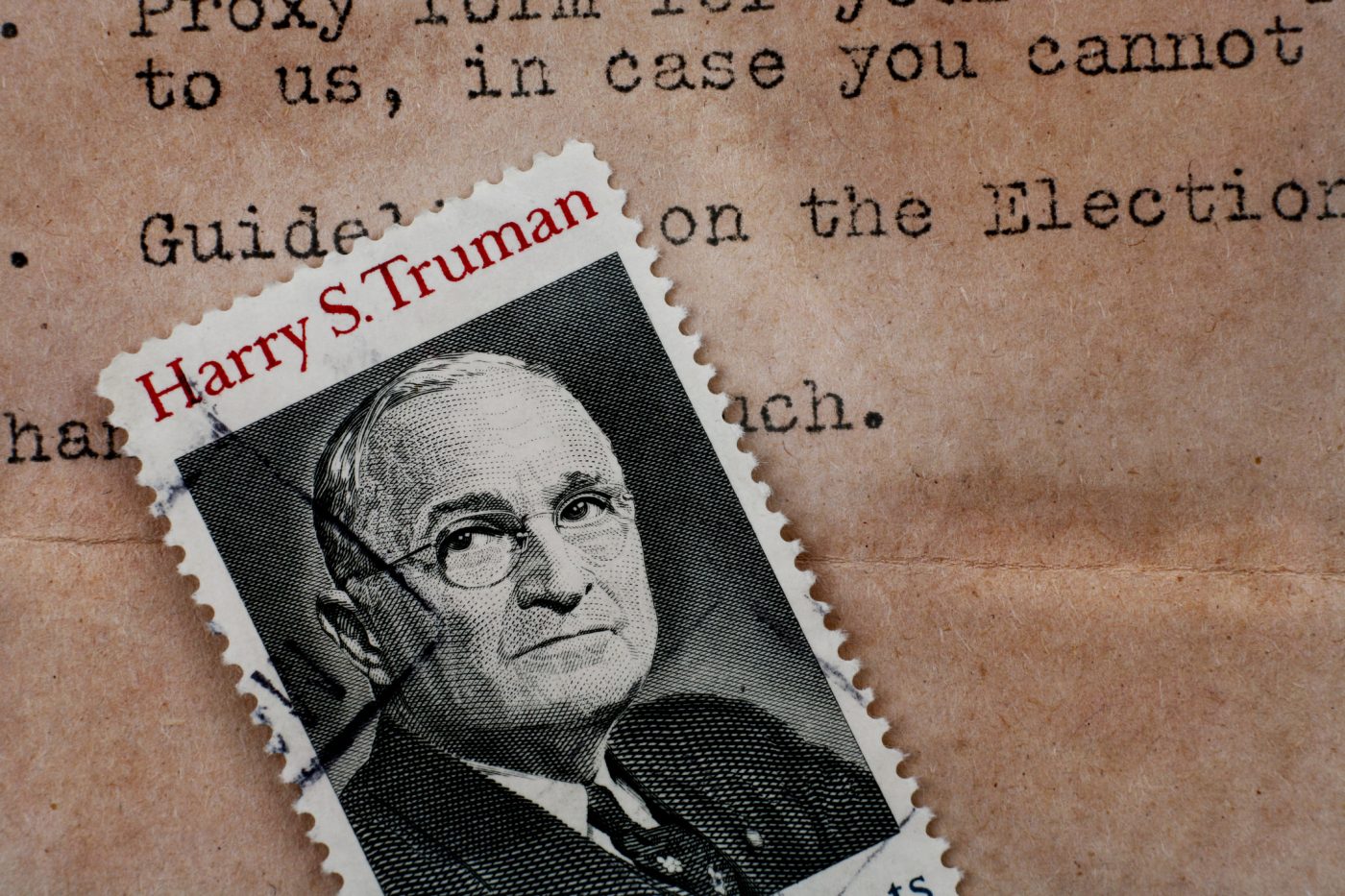By STEPHEN WHYNO AP Hockey Writer
The winds are beginning to change in the NHL’s Metropolitan Division, though not before the old guard gets at least one more shot.
Washington easily won the division last season and has much of the same lineup back, potentially with career goal scoring leader Alex Ovechkin playing his final season for the Capitals.
Carolina added one of the top free agents in Nikolaj Ehlers to a core that has been to the Eastern Conference final two of the past three years. while the New York Rangers have a new coach in Mike Sullivan. Across the river in New Jersey, the Devils are getting No. 1 center Jack Hughes back healthy and ready to make the run they’ve been building toward.
“Everybody’s goal is to win a Stanley Cup, but to do that you’ve got to have the right process,” New Jersey general manager Tom Fitzgerald said. “Consistency from the get go is so important. I think the top teams are consistent from game one to game 82 and then carry it over into the playoffs.”
Just getting into the top eight in the East to make the playoffs is tough to crack for those on the outside looking in. That includes the Rangers, who are counting on Sullivan getting them back after a disappointing year.
On the rise
The Hurricanes keep running into the Florida Panthers, similarly to how the Capitals and Pittsburgh Penguins knocked each other out so many times during the Ovechkin and Sidney Crosby rivalry heyday. Still, there is belief in Raleigh that in the eighth year under Rod Brind’Amour Carolina can get over the hump and play for the Cup.
“Our group has seen a lot of different scenarios, and when we get to those moments now, I do think we have a lot more confidence and we’re a little bit more comfortable in those positions,” said center Seth Jarvis, who led the team with 32 goals last season. “Obviously there is a few more steps you have to take till you win, but I think for me for the last five years we’ve always had a super competitive team, so just knowing that every year we have a chance to compete and a chance win is awesome.”
The Rangers made the East final in 2024, though much has gone wrong since. Jacob Trouba and Chris Kreider are gone, shipped to Anaheim in separate trades, Peter Laviolette was fired and replaced by Sullivan and GM Chris Drury sought to upgrade on defense by signing Vladislav Gavrikov and trading K’Andre Miller.
“The expectations haven’t changed,” Drury said. “You can’t win the whole thing without getting in the playoffs. We want to just keep getting better every week, every month: hopefully accumulate enough points and wins to get in the playoffs and go from there.”
On the decline
The Penguins continue to languish near the bottom of the standings, even with Sidney Crosby, Evgeni Malkin and Kris Letang still around and under contract. Crosby has been the subject of trade rumors, which he understands since Pittsburgh has missed the playoffs each of the past three years. Crosby still wants to win at 38, but the postseason seems a distant hope for the only NHL organization he has ever played for.
There’s more hope around the New York Islanders after they won the draft lottery and selected smooth-skating defenseman Matthew Schaefer with the first pick. But after being in the mix and deciding to sell at the deadline, it feels like a time of transition on Long Island with sights set more on winning down the road than right now.
It’s similar in Philadelphia with new coach Rick Tocchet taking over the day-to-day operations of a rebuilding process. Exciting young prospect Matvei Michkov should be even better in his second season in North America, but the Flyers aren’t taking that next step yet.
On the hot seat
Hall of Fame goaltender Patrick Roy is going into his second full season as Islanders coach. He’s working for a new GM, Mathieu Darche, who brings with him two Stanley Cup rings from his time with Tampa Bay. Darche has patience, though Roy needs to show he can develop Schaefer and get the most out of a roster that doesn’t have a ton of elite talent. Mathew Barzal getting back into form after injuries limited him to 30 games last season would be a good start.
Predicted order of finish
Carolina, New Jersey, N.Y. Rangers, Washington, Columbus, N.Y. Islanders, Philadelphia, Pittsburgh.














